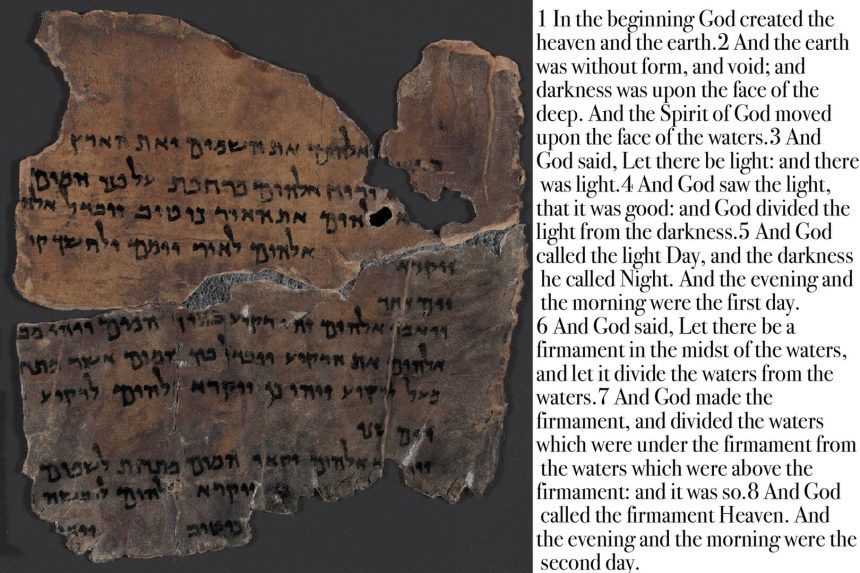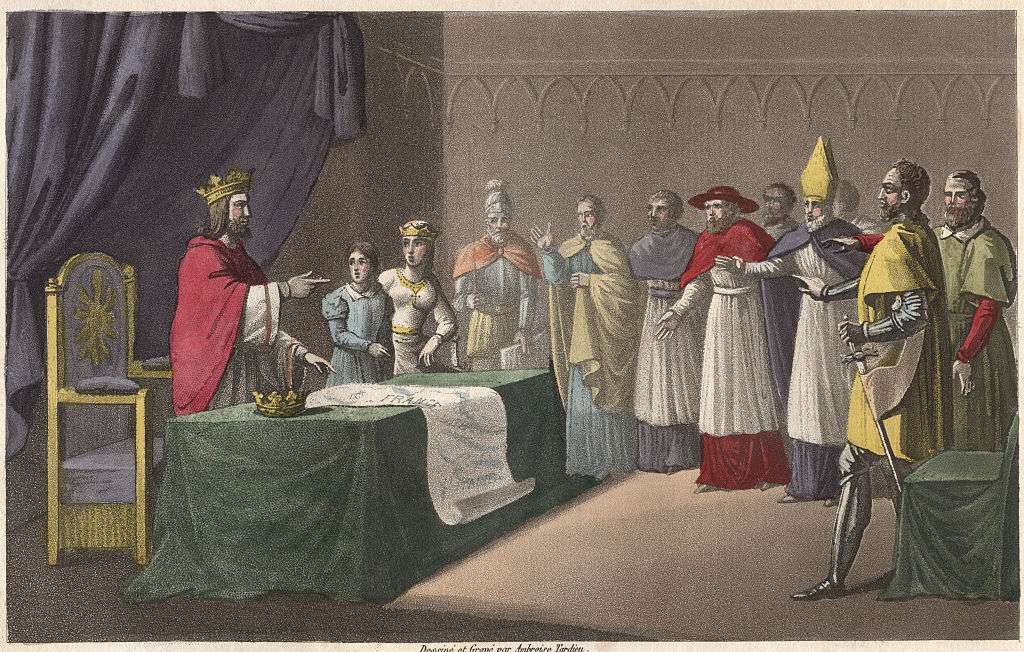It is one of the most important archaeological discoveries in recent decades. Discovered at the site of Qumran, in Mandatory Palestine (present-day West Bank), the Dead Sea Scrolls, or Qumran Caves Scrolls, are of paramount importance, due to their content, in the field of Bible study, Judaism, and Christianity. Fascinating, intriguing, the subject of legends and heated debates among historians about their origins or interpretation, the Dead Sea Scrolls are among those masterpieces that allow us to piece together the puzzle of a part of human history. To whom do we owe the Dead Sea Scrolls? How were they discovered? What do they talk about? There are so many questions surrounding the famous Dead Sea Scrolls.
Who Wrote the Dead Sea Scrolls?
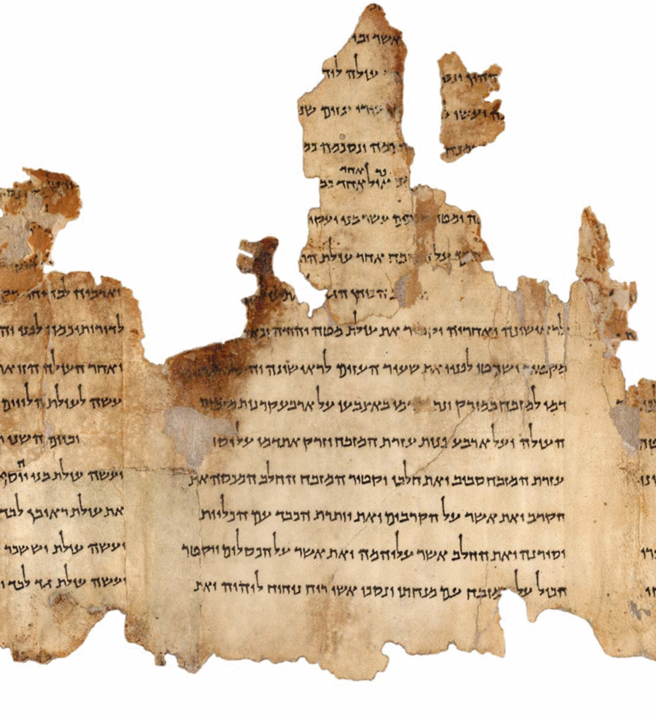
This is a delicate question that many historians attempt to answer. In practice, many agree to attribute the origin of the Dead Sea Scrolls to a Jewish community, the Essenes. Settled northwest of the shores of the Dead Sea, this community allegedly took care to hide the manuscripts in caves near their territory, shortly before the arrival of the Romans and the fall of Jerusalem in the year 70. Although it is now a consensus among historians, this thesis on the origin of the Dead Sea Scrolls is still contradicted today. It remains the subject of numerous debates.
In fact, there is currently no evidence to support it. There is, however, no discussion about the composition of the manuscripts. Researchers have discovered a total of 100,000 manuscript fragments, resulting in just under 900 manuscripts.
- biblical texts from the Hebrew Bible;
- apocryphal books such as the Book of Enoch;
- texts belonging to the Jewish community in the Qumran territory, such as the Manual of Discipline
Hebrew is the primary language of the Dead Sea Scrolls. Some are in Greek. Among the historians who devote part of their time to studying the Dead Sea Scrolls, many claim that some of these manuscripts were written on site and that another part was brought there. They date from about 250 BC for the oldest up to about 70 AD.
How Were the Dead Sea Scrolls Discovered?
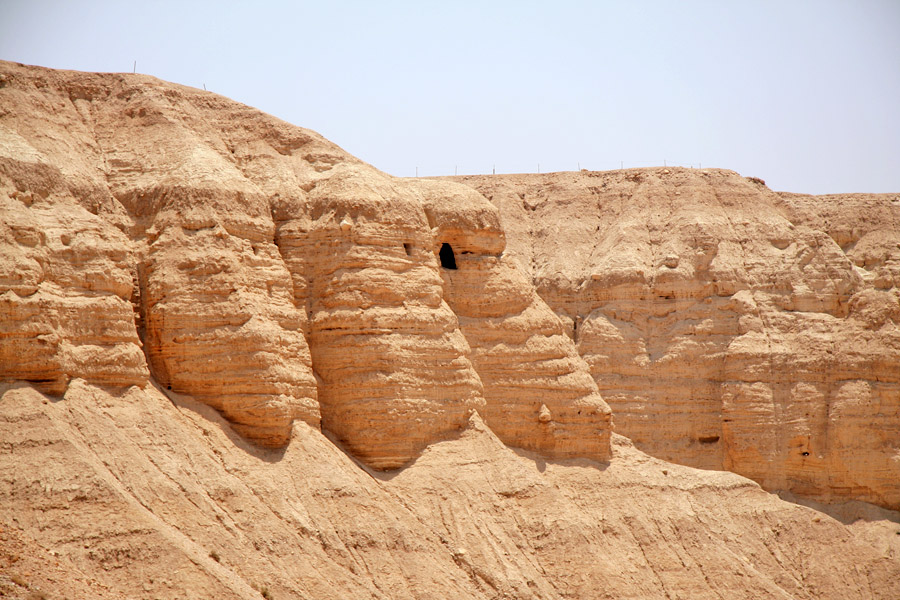
In the spring of 1947, a young Bedouin named Muhammed edh-Dhib Hassan was wandering around the Qumran site in search of his lost goat. As he found himself at the entrance of a difficult-to-access cave, he decided to enter it. Inside the cave, he discovered clay jars containing old documents carefully wrapped in linen cloths. Unaware that these were historical documents, the young Bedouin decided to bring them to an antique dealer in Bethlehem.
Informed of this discovery, the director of the French Biblical and Archaeological School of Jerusalem, Father Roland de Vaux, began searching for other manuscripts in 1951. Over a decade, from 1947 to 1956, several caves at the Qumran site on the shores of the Dead Sea were explored. In total, twelve of these caves contained manuscripts.
Note that most people commonly accept the “official” version of the discovery of the Dead Sea Scrolls as the truth. Historians occasionally question the elements of this version, comparing it to a beautiful legend or an oriental tale. Some doubt the accidental nature of the discovery of the first cave (it could actually have been an attempt to hide contraband goods).
The exact date of the discovery (spring 1947) is also sometimes subject to debate.
What Is the Content of the Dead Sea Scrolls?
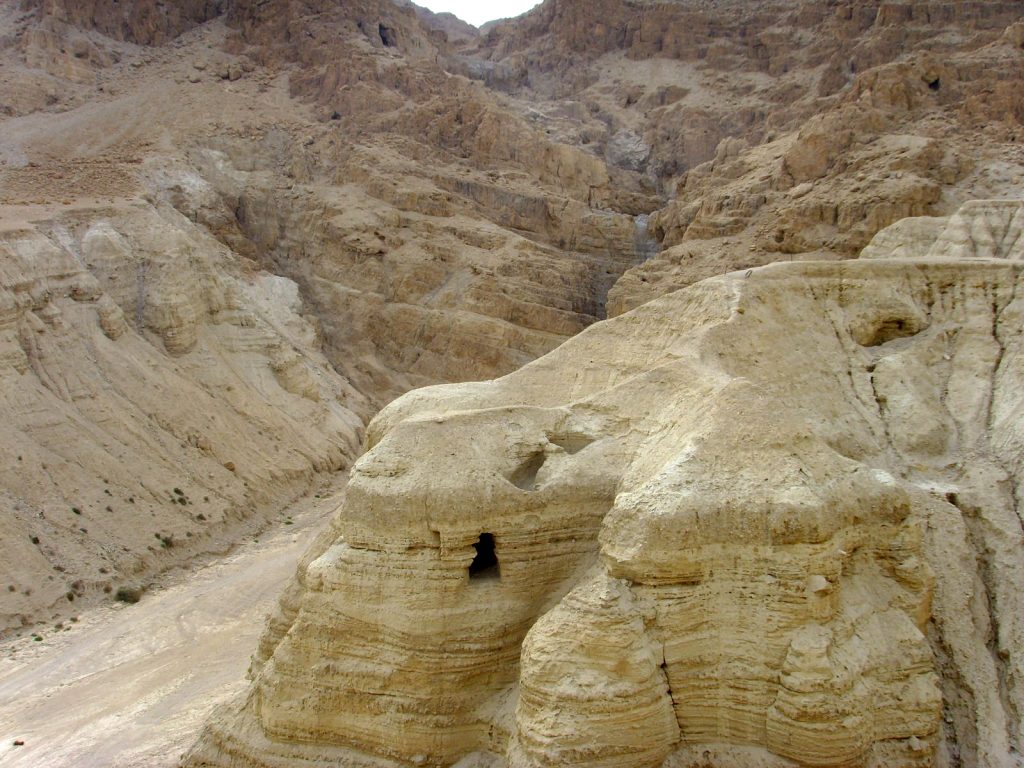
The Dead Sea Scrolls comprise a collection of nearly 900 texts providing valuable information on the roots of major religions, the history of the Jewish people, and more. The Dead Sea Scrolls allow for a more in-depth study of the Hebrew Bible with numerous theological teachings.
Among the Dead Sea Scrolls, the Great Isaiah Scroll is one of the most well-known (and best-preserved). Discovered in 1947 in Cave No. 1 of Qumran, the document contains all 66 chapters of the Book of Isaiah. Made from 17 sheets of parchment, it extends 7.34 meters long with the text distributed across 54 columns. Today preserved in the Israel Museum, the Great Isaiah Scroll has a giant reproduction within the same museum. Many present it as one of the oldest texts of the Tanakh.
Several decades after their discovery, the Dead Sea Scrolls continue to regularly reveal secrets. Advances in technology and the work of numerous specialists allow for the deciphering of manuscripts that had not been interpreted until now. Although considered quite slim, the chances of discovering new manuscripts continue to fuel on-site research. In 2017, for example, archaeologists discovered a new scroll in another cave, the twelfth one.
Why Are the Dead Sea Scrolls So Important?
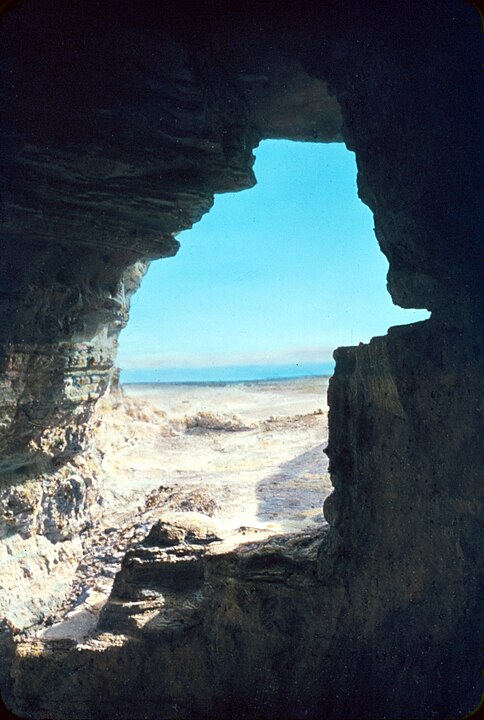
Before the discovery of the Dead Sea Scrolls, the oldest biblical manuscripts dated back to the Middle Ages. From a chronological perspective, the Dead Sea Scrolls are therefore the oldest biblical manuscripts ever discovered to date. In other words, the Dead Sea Scrolls constitute the first manuscripts of the Hebrew Bible, also called the “Old Testament” by Christians. They were mostly pre-Christian and hidden less than 20 km from Jerusalem, the cradle of major monotheistic religions. In the Dead Sea Scrolls, the Jewish community of the Essenes, to whom the origin of these texts is attributed, mentions the existence of a messiah at the very time when Jesus is said to have lived.
For some historians, the Dead Sea Scrolls help highlight the Jewish origins of Christianity through the search for the historical Jesus. The writings, long sheltered in these caves, could help situate the originality of Jesus as a person, as well as his thoughts. They provide insights into the lifestyle and functioning of the Essene Jewish community. Like other elements surrounding these manuscripts, the reading and interpretation of the Dead Sea Scrolls are subjects of intense debate among historians and theologians.
Where Are the Dead Sea Scrolls Preserved Today?
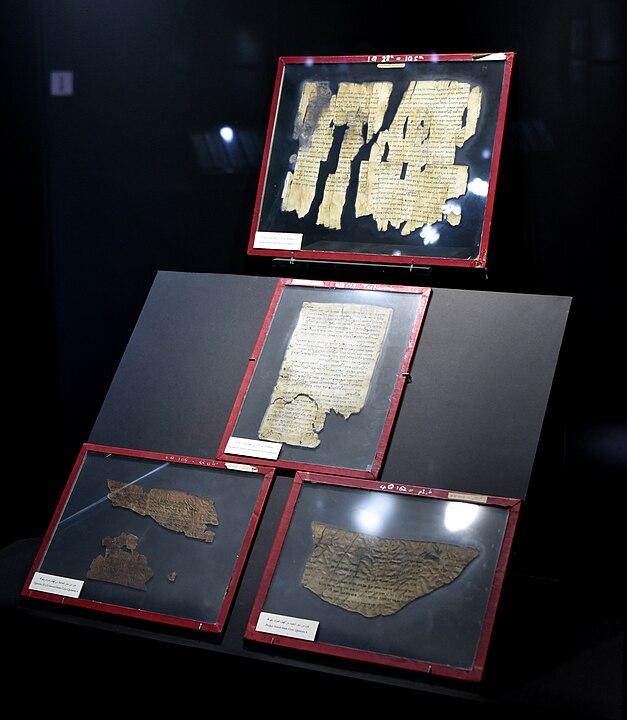
After their discovery, the Dead Sea Scrolls were scattered all over the world. Different institutions, mainly museums, now possess a more or less significant part of them. The majority of the Dead Sea Scrolls are now in the Shrine of the Book in Jerusalem, within the Israel Museum. This is also where a copy of the Great Isaiah Scroll can be found. Other fragments of the Dead Sea Scrolls are preserved in Amman, Jordan. There is also a black market trade related to the Dead Sea Scrolls, driven by collectors interested in purchasing a piece of history. In Western museums, it is not uncommon to see collections of Dead Sea Scrolls presented that actually contain fakes. The Museum of the Bible in Washington experienced this bitter lesson in 2020. This environment surrounding the authenticity of the Dead Sea Scrolls is one of the elements contributing to the notoriety of these documents.


